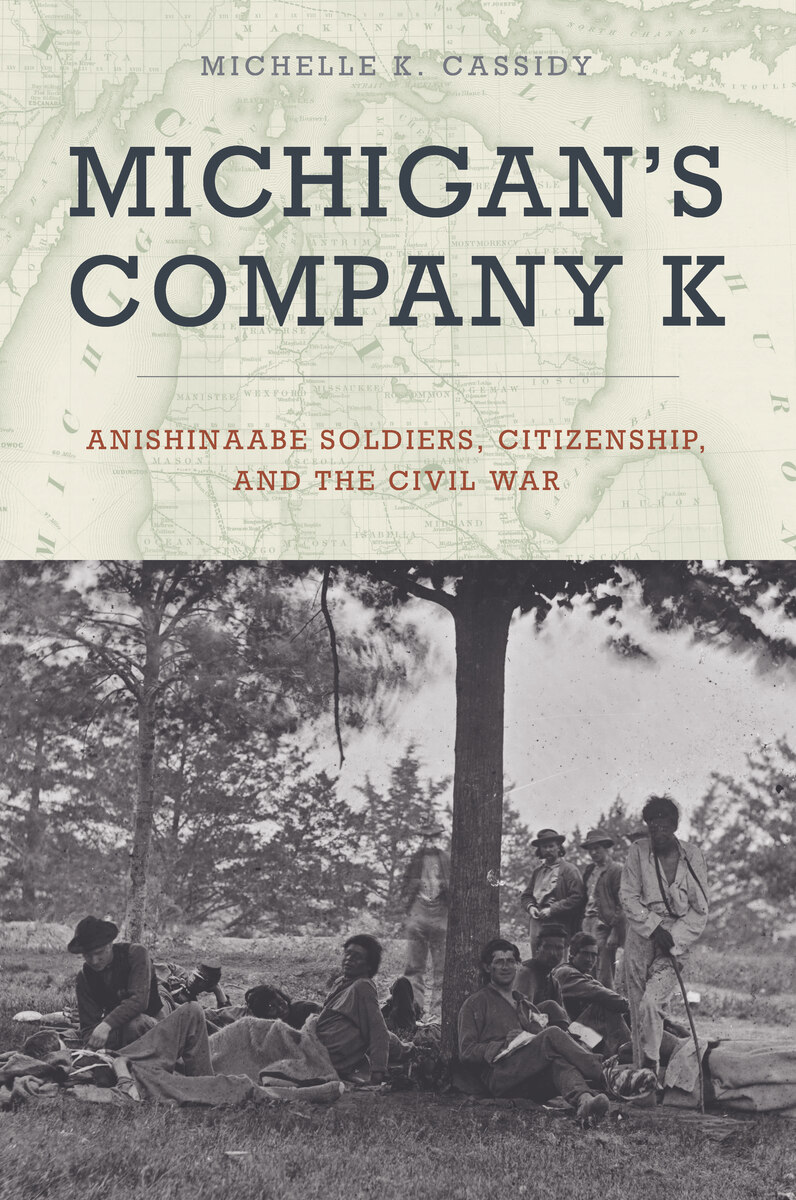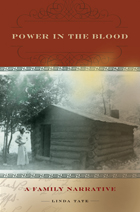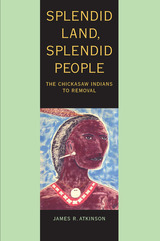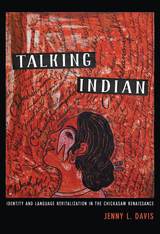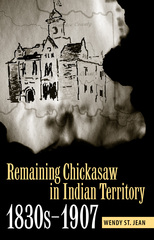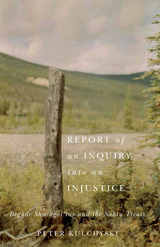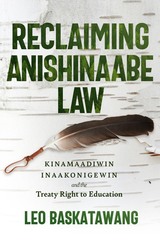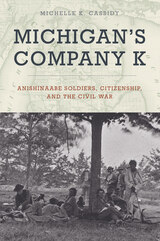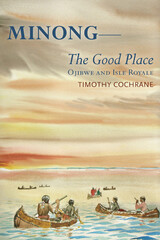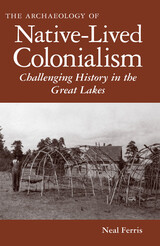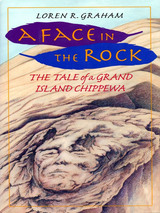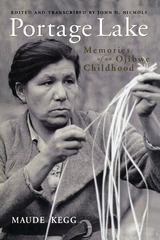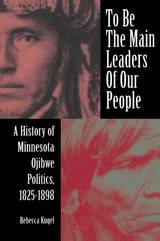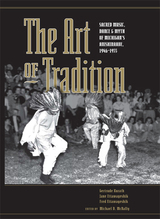Michigan's Company K: Anishinaabe Soldiers, Citizenship, and the Civil War
Michigan State University Press, 2023
Paper: 978-1-61186-463-2 | eISBN: 978-1-60917-740-9
Library of Congress Classification E99.C6C37 202
Dewey Decimal Classification 973.7474
Paper: 978-1-61186-463-2 | eISBN: 978-1-60917-740-9
Library of Congress Classification E99.C6C37 202
Dewey Decimal Classification 973.7474
ABOUT THIS BOOK | AUTHOR BIOGRAPHY | REVIEWS | TOC | REQUEST ACCESSIBLE FILE
ABOUT THIS BOOK
As much as the Civil War was a battle over the survival of the United States, for the men of Company K of the First Michigan Sharpshooters, it was also one battle in a longer struggle for the survival of Anishinaabewaki, the homelands of the Anishinaabeg—Ojibwe, Odawa, and Boodewaadamii peoples . The men who served in what was often called ‘the Indian Company’ chose to enlist in the Union army to contribute to their peoples’ ongoing struggle with the state and federal governments over status, rights, resources, and land in the Great Lakes. This meticulously researched history begins in 1763 with Pontiac’s War, a key moment in Anishinaabe history. It then explores the multiple strategies the Anishinaabeg deployed to remain in Michigan despite federal pressure to leave. Anishinaabe men claimed the rights and responsibilities associated with male citizenship—voting, owning land, and serving in the army—while actively preserving their status as ‘Indians’ and Anishinaabe peoples. Indigenous expectations of the federal government, as well as religious and social networks, shaped individuals’ decisions to join the U.S. military. The stories of Company K men also broaden our understanding of the complex experiences of Civil War soldiers. In their fight against removal, dispossession, political marginalization, and loss of resources in the Great Lakes, the Anishinaabeg participated in state and national debates over citizenship, allegiance, military service, and the government’s responsibilities to veterans and their families.
See other books on: Citizenship | Civil War | Government relations | Ojibwa Indians | Participation, Indian
See other titles from Michigan State University Press
